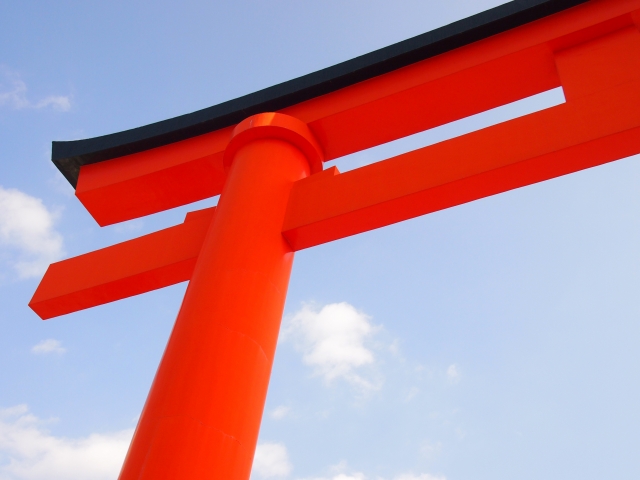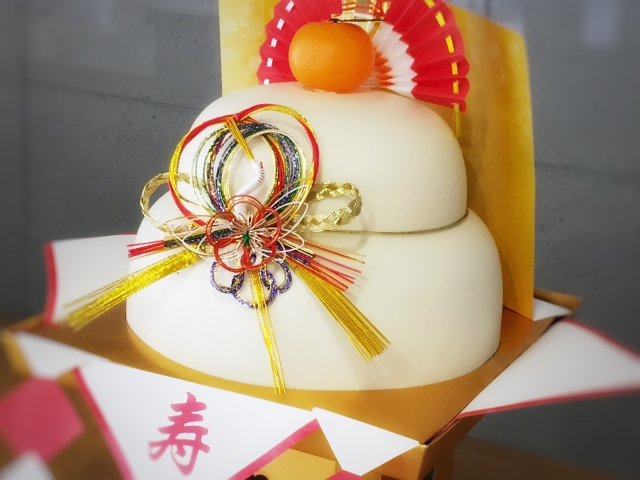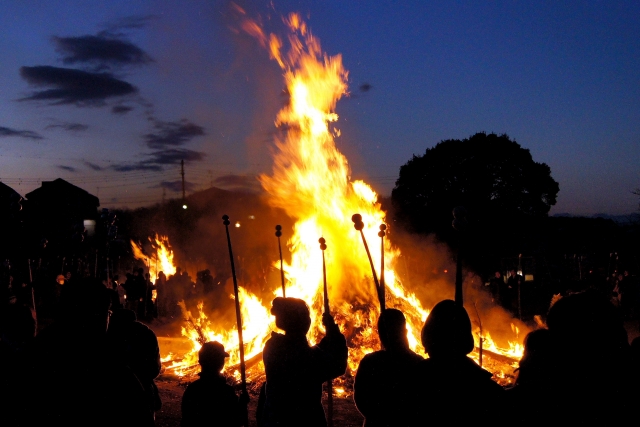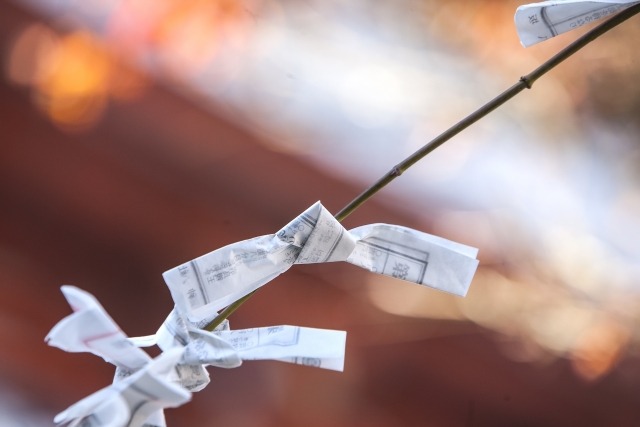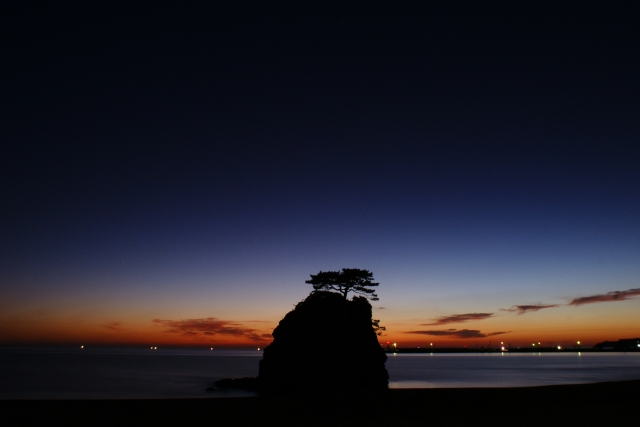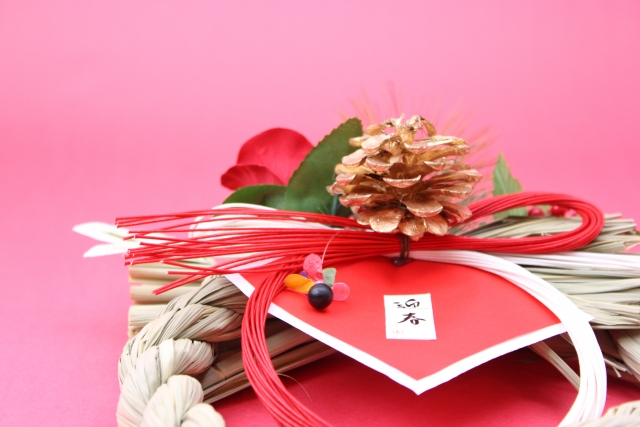
During the New Year’s season, you may see “Shimenawa” displayed at the entrance.
In Japan, there is an old custom of decorating “Shimenawa” at New Year’s.
“Shimenawa” decoration is a small version of the “Shimenawa” at shrines, etc. The “Shimenawa” is decorated with paper drops to ward off evil spirits and indicate the sacred area, as well as oranges to symbolize the continuity of descendants.
Yokozuna, the highest rank of sumo wrestler, is also a “Shimenawa”, which can only be fastened by selected special wrestlers.
The origin of the festival is written in mythology, and it is said that when Amaterasu went out of Amami-no-Iwayato, the Kamis blocked the door with a “shimenawa” to prevent her from entering Amami-no-Iwayato again.
New Year’s is an event to invite the kami of the year and wish for a good year.
The “Shimenawa” is usually displayed at the entrance to show that the house is a suitable place to welcome the kamis.
Nowadays, many of them are called “Tama-kazari” or “Wa-kazari” and are decorated with a circle of “Shimenawa”.
The first day of decoration varies from region to region, but it is often displayed by December 28.
The day to take off the decorations also differs from region to region, but it is common to take them off after eating Nanakusa-gayu on January 7 or during the Small New Year’s Day on January 15, and burn them at Dondoyaki.
The things that remain as customs always have meanings attached to them.
Especially during the New Year period, there are many customs left behind, so if you are aware of what meaning they have, you may be able to understand the thoughts of ancestors.


